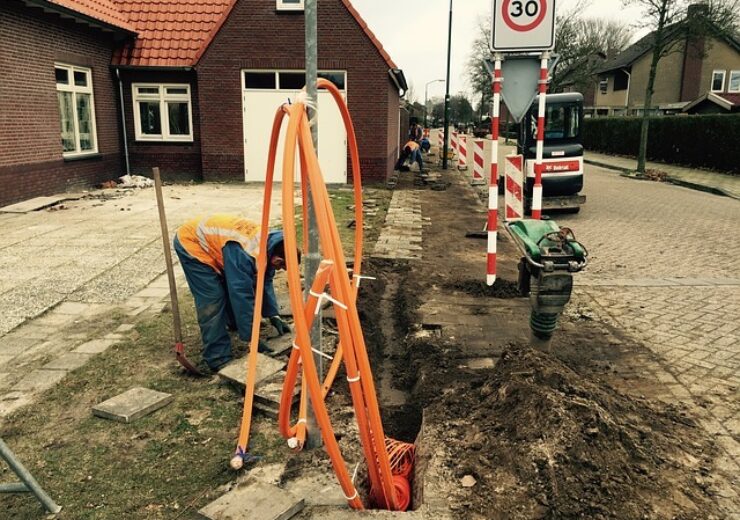The Commission has also disclosed a new plan for monitoring and ensuring compliance for universal service high-cost programmes

FCC announces sixth funding wave to boost rural broadband connectivity in the US. (Credit: Anne Verschraagen from Pixabay)
The US Federal Communications Commission (FCC) has announced a funding of over $1.2bn to fund new broadband deployments across 32 states in the US through the $20.4bn Rural Digital Opportunity Fund.
The latest funding, which is the largest such round so far, will enable 23 broadband providers to provide broadband service to more than one million locations.
It is the sixth funding wave towards promoting rural broadband connectivity. With it, the Federal Communications Commission has allocated more than $4bn in funding to successful bidders for new deployments.
The first of the six funding waves ended in November 2020 with an objective to introduce broadband to more than five million homes and businesses.
Apart from announcing the latest funding wave, the Commission has created the Rural Broadband Accountability Plan, which is said to be a new initiative for monitoring and ensuring compliance for the Rural Digital Opportunity Fund and other universal service high-cost programmes.
FCC Chairwoman Jessica Rosenworcel said: “Today’s announcement means more connectivity is coming to consumers, while we continue our commitment to make sure that funding goes to areas that truly need it.
“The new Rural Broadband Accountability Plan will speed up our audit and verification processes and for the first time make public the results of verifications, audits, and speed and latency testing. These new measures will help ensure that the providers we fund in this program will do the job.”
According to the Commission, the Rural Broadband Accountability Plan makes various changes and improvements to existing audit and verification procedures. These include doubling the number of audits and verifications of support recipients in 2022 as compared to last year.
Another measure of the new plan is to subject the largest dollar recipients to an on-site audit in at least one state, while higher-risk recipients will have to go through additional audits and verifications.


